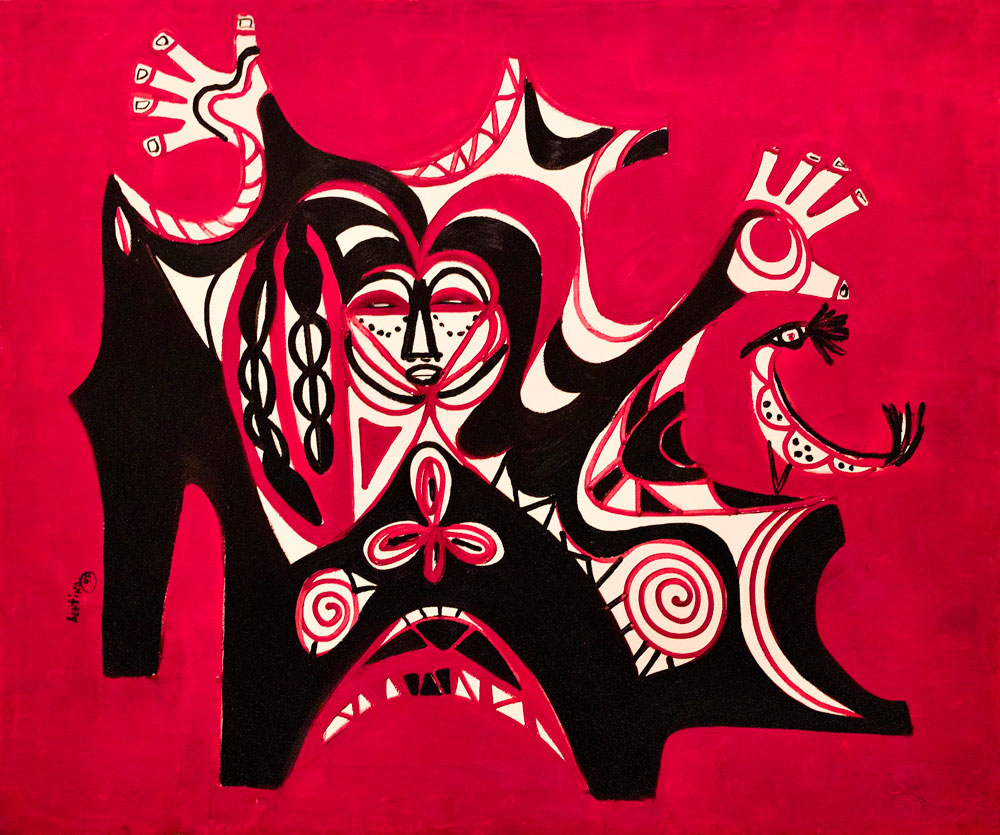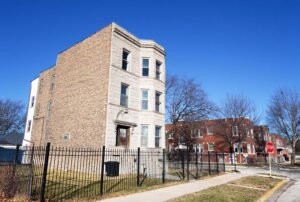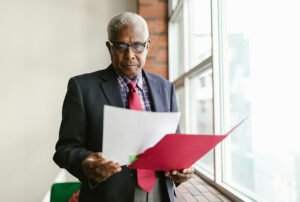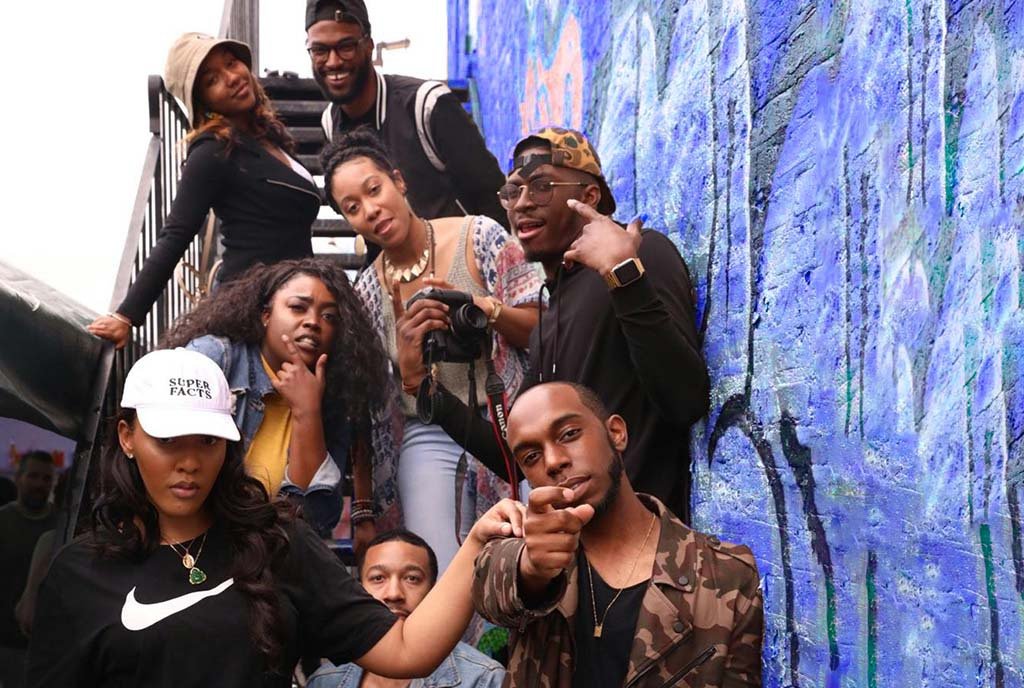
April 9, 2020; Washington Post
The latest weekly unemployment figures from the US Department of Labor came in today, and the bottom line, note Heather Long and Andrew Van Dam, is that “more than 17 million new jobless claims have been filed in the past four weeks.”
Astonishingly, the unemployment rate, which was 3.5 percent as recently as February, is now higher than it has been since the Great Depression.
“It looks like the unemployment rate is headed to 15 percent,” Chris Rupkey, chief financial economist at MUFG Bank, wrote in a note to clients, report Long and Van Dam. “This isn’t a recession, it’s the Great Depression II,” Rupkey adds.
“Relief has been slow to reach people losing their jobs as states have been overwhelmed with claims,” Long and Van Dam say. In interviews with more than a dozen workers across the country who lost their jobs, they note that the majority have yet to receive an unemployment insurance check.
Long and Van Dam further report that, “As unemployment checks are slow to arrive, people are turning to whatever aid they can find.”
Modern day “bread lines” have started appearing in cities like Orlando, San Diego, Pittsburgh, and Cleveland where thousands lined up for free food. The slow release of funds in the United States is a marked contrast from Denmark where the government is paying workers 75 percent of their salaries during the pandemic, and Canada, which vowed to get money to workers in 10 days or less.
“Economists,” Long and Van Dam write, “are urging companies to furlough workers instead of doing a full layoff. A furlough usually allows workers to keep their health insurance and return quickly when business resumes. But many companies have cut ties entirely, leaving workers with no income and bills piling up in the midst of a pandemic.”
Sign up for our free newsletters
Subscribe to NPQ's newsletters to have our top stories delivered directly to your inbox.
By signing up, you agree to our privacy policy and terms of use, and to receive messages from NPQ and our partners.
There are other official actions being taken. Notably, the Federal Reserve yesterday announced it was introducing $2 trillion in loan capacity and would be “directly buying debt from large corporations and states,” according to Heather Long of the Post.
Still, in the midst of official efforts that have often fallen short, there has been an unprecedented mobilization of community residents across the country—sometimes within nonprofit structures, but most often outside of formal structures—to form networks of mutual aid. For example, this website maintained by Massachusetts Jobs with Justice has links to mutual aid networks in more than two dozen communities statewide. As the website declares, “Communities Across the Commonwealth are Springing into action to help our neighbors. Mutual aid is a powerful way to build strong connections—we all have something to offer and we all have something we need.”
And it’s not just Massachusetts. A website maintained by the nonprofit Restaurant Opportunities Centers United (ROC United) has links to support networks at restaurant chains, as well as to support organizations in 23 states and the District of Columbia.
Not all of the funds listed focus on restaurant workers. For example, San Francisco public radio and television station KQED maintains a website that features emergency funds for freelancers, ranging from artists to musicians to writers to funds that are specifically designed to support LGBTQ people and people of color.
Even politicians have gotten involved. The office of US Rep. Alexandria Ocasio Cortez (D-NY), for example, has put out a Mutual Aid 101 toolkit, promoted by the hashtag #WeGotOurBlock.
In addition to describing how to create neighborhood pods (groups of neighbors supporting one another) and the type of activities these pods might carry out (such as picking up food or medicine or providing emotional support and social connection), the toolkit also includes a concise and useful description of what mutual aid is.
“Mutual Aid,” the toolkit introduction explains, “is a practice and politics that emphasizes solidarity rather than charity. What does that mean? It means we recognize that our well-being, health and dignity are all bound up in each other. It means that we understand our survival depends on cooperation, not competition. In this particular moment, we see that our health is also dependent on other people’s health, and we can literally save each other’s lives. Rather than disengage and feel powerless, mutual aid allows us to plug in where we can make the most impact — locally.”—Steve Dubb













